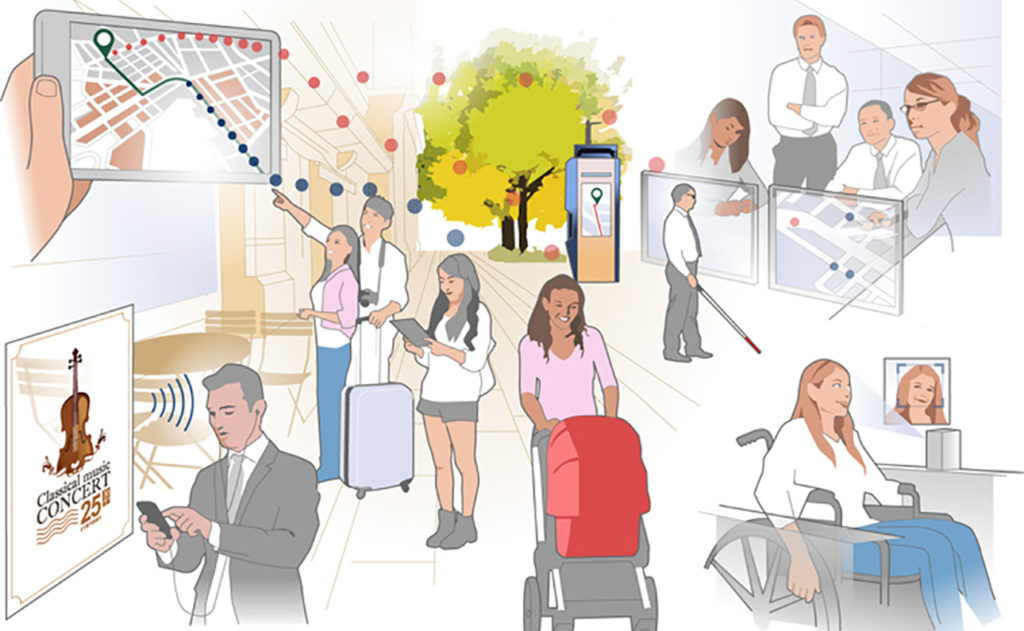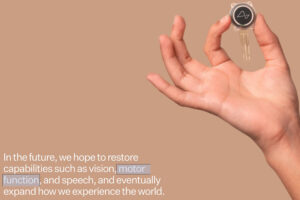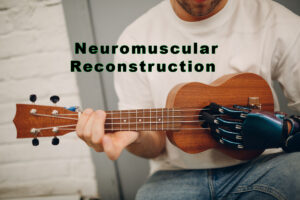The concept of universal design is meant to be well …universal. At least that is the goal. Is it naïve to think that we as a society could create a world where barriers, physical or attitudinal could be nonexistent?
It is an interesting question, one that I believe universal design principles have addressed to a degree. However, before we can make progress to implement this line of thinking we must agree that this is “the” way forward to ensure our (aging and disabled) citizens are not excluded by factors that can be removed.
Universal Design (UD) presents a set of seven principles that when configured into the design process of buildings and environments would result in meeting a level of access that would be, yes you guessed, universal.
Below is a brief synopsis of the seven principles and what they are set out to achieve.
1.Equitable Use
The design is useful and marketable to people with diverse abilities.
Guidelines:
1a. Provide the same means of use for all users: identical or equivalent.
1b. Avoid segregating or stigmatizing any users.
1c. Provisions for privacy, security, and safety should be equally available to all users.
1d. Make the design appealing to all users.
2. Flexibility in Use
The design accommodates a wide range of individual preferences and abilities.
Guidelines:
2a. Provide choice in methods of use.?2b. Accommodate right- or left-handed access and use.?2c. Facilitate the user’s accuracy and precision.?2d. Provide adaptability to the user’s pace.
3. Simple and Intuitive Use
Use of the design is easy to understand, regardless of the user’s experience, knowledge, language skills, or current concentration level.
Guidelines:
3a. Eliminate unnecessary complexity.?3b. Be consistent with user expectations and intuition.?3c. Accommodate a wide range of literacy and language skills.?3d. Arrange information consistent with its importance.?3e. Provide effective prompting and feedback during and after task completion.
4. Perceptible Information
The design communicates necessary information effectively to the user, regardless of ambient conditions or the user’s sensory abilities.
Guidelines:
4a. Use different modes (pictorial, verbal, tactile) for redundant presentation of essential information.
4b. Provide adequate contrast between essential information and its surroundings.
4c. Maximize “legibility” of essential information.
4d. Differentiate elements in ways that can be described (i.e., make it easy to give instructions or directions).
4e. Provide compatibility with a variety of techniques or devices used by people with sensory limitations.
5. Tolerance for Error
The design minimizes hazards and the adverse consequences of accidental or unintended actions.
Guidelines:
5a. Arrange elements to minimize hazards and errors: most used elements, most accessible; hazardous elements eliminated, isolated, or shielded.
5b. Provide warnings of hazards and errors.
5c. Provide fail-safe features.
5d. Discourage unconscious action in tasks that require vigilance.
6. Low Physical Effort
The design can be used efficiently and comfortably and with a minimum of fatigue.
Guidelines:
6a. Allow user to maintain a neutral body position.?6b. Use reasonable operating forces.?6c. Minimize repetitive actions.?6d. Minimize sustained physical effort.
7. Size and Space for Approach and Use
Appropriate size and space is provided for approach, reach, manipulation, and use regardless of user’s body size, posture, or mobility.
Guidelines:
7a. Provide a clear line of sight to elements for any seated or standing user.
7b. Make reach to all components comfortable for any seated or standing user.
7c. Accommodate variations in hand and grip size.
7d. Provide adequate space for the use of assistive devices or personal assistance.
Now look around and ask – how universal is my location?











